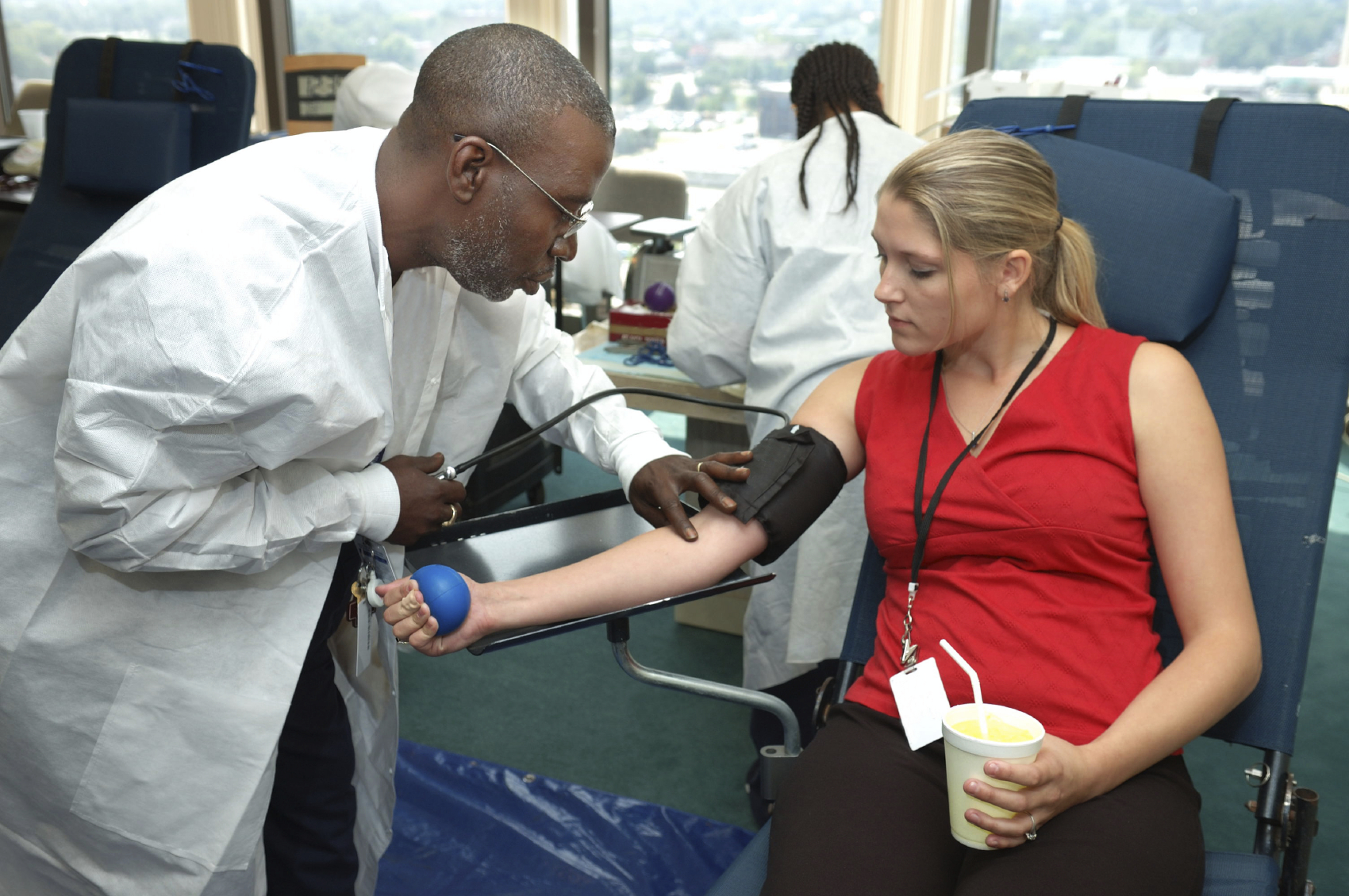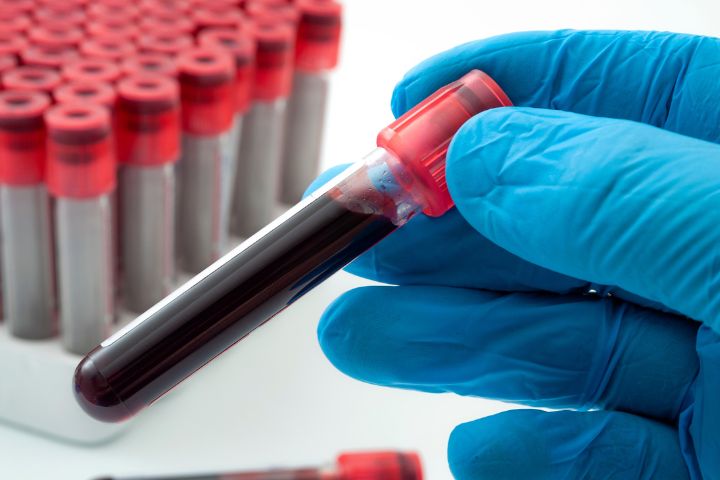An Unbiased View of Northeast Medical Institute - New Haven Campus Phlebotomy Course & Cna Class
An Unbiased View of Northeast Medical Institute - New Haven Campus Phlebotomy Course & Cna Class
Blog Article
All About Northeast Medical Institute - New Haven Campus Phlebotomy Course & Cna Class
Table of ContentsSome Known Facts About Northeast Medical Institute - New Haven Campus Phlebotomy Course & Cna Class.The Best Strategy To Use For Northeast Medical Institute - New Haven Campus Phlebotomy Course & Cna ClassThe Best Guide To Northeast Medical Institute - New Haven Campus Phlebotomy Course & Cna ClassNortheast Medical Institute - New Haven Campus Phlebotomy Course & Cna Class Can Be Fun For EveryoneNot known Details About Northeast Medical Institute - New Haven Campus Phlebotomy Course & Cna Class Our Northeast Medical Institute - New Haven Campus Phlebotomy Course & Cna Class Diaries
The usage of such gadgets must be accompanied by various other infection prevention and control practices, and training in their usage. Not all security tools apply to phlebotomy. Before selecting a safety-engineered gadget, individuals must extensively examine available tools to identify their appropriate usage, compatibility with existing phlebotomy practices, and effectiveness in protecting team and clients (12, 33).For settings with low resources, expense is a driving consider purchase of safety-engineered devices - Phlebotomy Courses. Where safety-engineered devices are not offered, experienced usage of a needle and syringe is acceptable. Unexpected direct exposure and particular details regarding a case ought to be videotaped in a register. Support services must be advertised for those who undertake accidental exposure.
In the blood-sampling area for an outpatient division or clinic, give a comfy reclining couch with an arm remainder.
Rumored Buzz on Northeast Medical Institute - New Haven Campus Phlebotomy Course & Cna Class
Make sure that the indications for blood sampling are plainly specified, either in a composed procedure or in recorded instructions (e.g. in a lab form). Whatsoever times, follow the methods for infection prevention and control noted in Table 2.2. Infection avoidance and control techniques. Collect all the equipment required for the treatment and area it within safe and simple reach on a tray or cart, guaranteeing that all the products are plainly noticeable.
Introduce yourself to the patient, and ask the patient to specify their full name. Check that the laboratory kind matches the individual's identification (i.e. match the client's details with the research laboratory kind, to make sure precise identification).
Make the patient comfy in a supine placement (if possible). Area a tidy paper or towel under the person's arm. Go over the test to be performed (see Annex F) and get verbal consent. The patient has a right to reject a test at any time prior to the blood tasting, so it is essential to ensure that the person has understood the treatment.
The Northeast Medical Institute - New Haven Campus Phlebotomy Course & Cna Class Diaries
Expand the client's arm and inspect the antecubital fossa or lower arm. Situate a vein of a good size that shows up, straight and clear. The diagram in Area 2.3, shows typical positions of the vessels, yet many variants are possible. The mean cubital capillary lies in between muscle mass and is typically the most easy to penetrate.
DO NOT insert the needle where blood vessels are drawing away, because this increases the opportunity of a haematoma. Finding the blood vessel will certainly assist in establishing the proper dimension of needle.
Haemolysis, contamination and presence of intravenous liquid and medicine can all alter the outcomes (39. Nursing team and doctors might access main venous lines for samplings complying with protocols. However, samplings from central lines carry a threat of contamination or incorrect laboratory examination results (https://northeastmed.carrd.co). It is appropriate, but not perfect, to attract blood specimens when very first presenting an in-dwelling venous device, prior to linking the cannula to the intravenous fluids.
All About Northeast Medical Institute - New Haven Campus Phlebotomy Course & Cna Class
Enable the location to completely dry. Failure to allow enough get in touch with time increases the risk of contamination. DO NOT touch the cleaned site; in particular, DO NOT position a finger over the blood vessel to lead the shaft of the revealed needle. It the website is touched, repeat the sanitation. Do venepuncture as adheres to.
Ask the client to develop a fist so the blood vessels are a lot more famous. Enter go now the vein promptly at a 30 degree angle or less, and proceed to introduce the needle along the capillary at the simplest angle of entry - PCT Training. As soon as adequate blood has been accumulated, release the tourniquet prior to taking out the needle
Examine This Report about Northeast Medical Institute - New Haven Campus Phlebotomy Course & Cna Class
Take out the needle delicately and apply gentle stress to the site with a tidy gauze or dry cotton-wool sphere. Ask the patient to hold the gauze or cotton wool in position, with the arm prolonged and elevated. Ask the patient NOT to bend the arm, due to the fact that doing so causes a haematoma.

What Does Northeast Medical Institute - New Haven Campus Phlebotomy Course & Cna Class Mean?
Do not push the syringe bettor due to the fact that added stress raises the threat of haemolysis. Where feasible, maintain televisions in a shelf and relocate the rack towards you. Infuse downwards right into the suitable coloured stopper. DO NOT get rid of the stopper due to the fact that it will certainly launch the vacuum cleaner. If the sample tube does not have a rubber stopper, inject very gradually into the tube as minimizing the stress and rate utilized to transfer the specimen lowers the threat of haemolysis.

Report this page